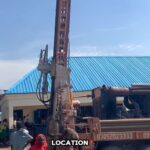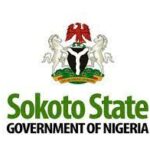The federal government can build critical infrastructure from the N400 billion it has so far saved in one month following the removal of fuel subsidy, findings by Daily Trust on Sunday have shown.
President Bola Ahmed Tinubu had, during his inaugural speech on May 29, announced the removal of fuel subsidy, which means that market forces would determine the prices of petroleum products in the country.
The removal immediately increased the price of petrol from N195 to N540 per litre. Proponents of subsidy removal said the action would free funds for other critical interventions in education, health, agriculture, roads and transport, among others.
They argued that Nigeria spent over N4 trillion on petrol subsidies in 2022.
Military must be immuned from politics to restore professionalism – Sheikh Gumi
Katsina gov’t to recruit 7,000 fresh permanent teachers
Daily Trust on Sunday reports that the increase in petrol prices has already led to a hike in the prices of goods. Worst affected are foodstuff and transportation.
However, over a month after the removal of subsidy, the federal government is yet to roll out palliatives to cushion the effect of the removal.
President Tinubu, in his Democracy Day speech to Nigerians, said the resolve to remove the subsidy “is one decision we must bear to save our country from going under and take our resources away from the stranglehold of a few unpatriotic elements.”
Tinubu said he was aware that his decision to remove subsidy on petrol would impose an “extra burden on the masses,” but quickly added that it would “free up for collective use, the much-needed resources, which had hitherto been pocketed by a few rich.”
“The government I lead will repay you through massive investment in transportation infrastructure, education, regular power supply, health care and other public utilities that will improve the quality of lives,” he said.
Before the subsidy removal, Daily Trust on Sunday recalled that the Group Chief Executive Officer of the Nigerian National Petroleum Company Limited (NNPCL), Mele Kyari, had on February 17, 2023, announced that Nigeria was spending over N400billion monthly on petroleum subsidies.
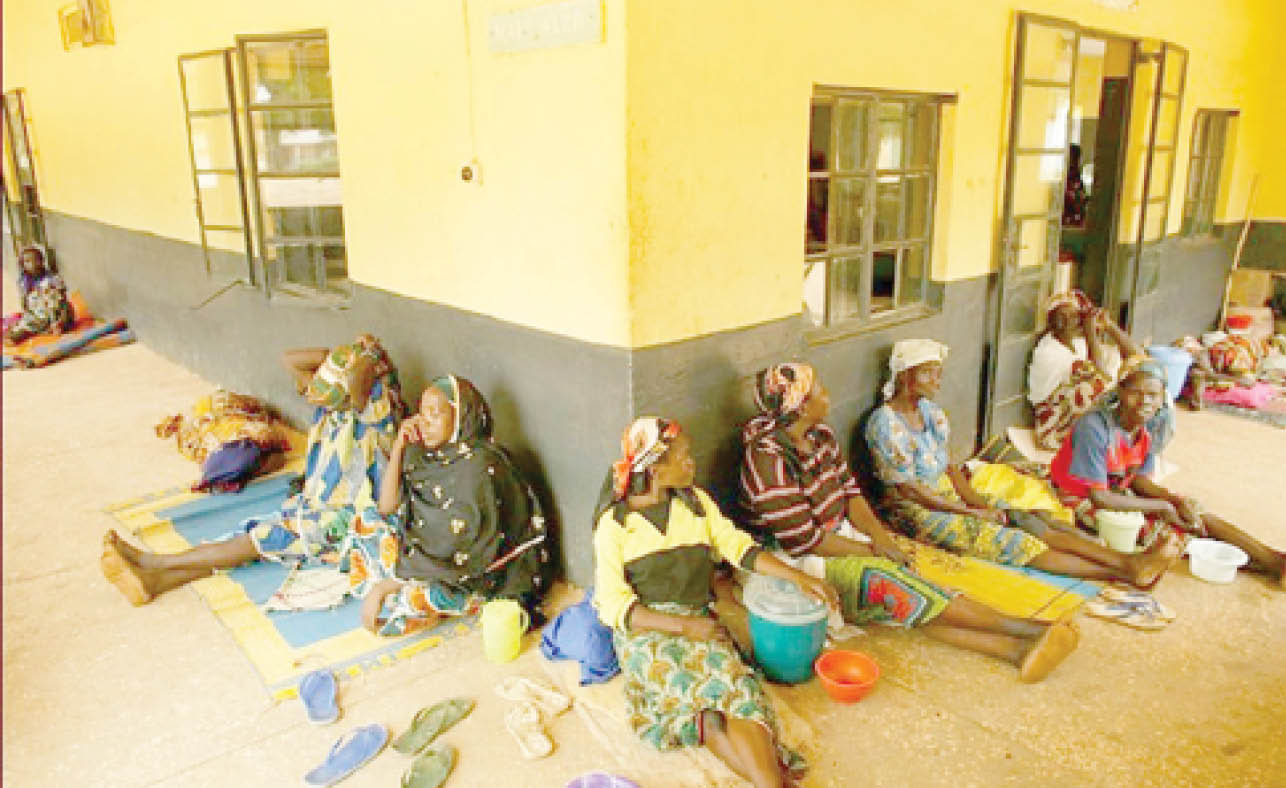
He said this at the final cutover ceremony of the NNPC and the birth of NNPCL at the corporation’s towers in Abuja.
“Today, by law and the provisions of the Appropriation Act, there is a subsidy on the supply of petroleum products, particularly PMS, into our country. In current data terms, three days ago the landing cost was around N315/litre.
“Our customers are here, we are transferring to each of them at N113 per litre. That means there is a difference of close to N202 for every litre of PMS we import into this country.
“In computation, N202 multiplied by 66.5 million litres, multiplied by 30 will give you over N 400 billion of subsidy every month,” he said.
What one-month’ subsidy saving can do
Daily Trust on Sunday analysis shows that the N400billion saved in one month from fuel subsidy removal can construct 400,000 boreholes, buy 20,000 Coaster buses or build 13,000 primary health care centres.
In the same vein, the amount can build at least 200 kilometres of road or procure about 40,000 units of transformers.
Although government projects are mostly given out to contractors, the computation done by our reporter did not include all the technicalities involved in contract awarding, it is based on market values, which every other person can accomplish within a short time, provided he has the money.
13,000 primary health care centres
Daily Trust on Sunday checks show that Nigeria has five types of health institutions, according to the National Primary Health Care Development Agency (NPHCDA).
According to the agency, the first category of a health institution is expected to serve a village or neighbourhood of about 500 people. The second category primary health clinics cater for a group of villages or neighbourhoods with a population of 2,000 to 5,000 people, while the third category is primary health centres for each of Nigeria’s 774 local governments. With each having at least 10 wards, over 7,740 of these are expected across the country.
The fourth category refers to general hospitals, which are managed by state governments and are expected to be located in each of the 774 local government areas.
The last are tertiary or teaching hospitals managed by the federal government, with one expected in each of the 36 states and in the Federal Capital Territory.
Primary health care is a term used to describe a range of health care providers who work in the community. Any health care professional who is the first point of contact for the health system can be a primary health care provider.
Most people visit their GP (sometimes referred to as the ‘local doctor’) as a first step when they have a health problem that is not an emergency. The primary health care system also includes allied health professionals, such as dentists and physiotherapists.
Primary health care centres are generally situated in community settings, and are usually the first port of call for individuals who have health challenges, especially in rural communities.
Primary health care providers oftentimes work in medical clinics, community health centres and allied health practices.
Conventionally, primary health care services mainly focus on diagnosing and treating common health conditions within their area of expertise.
Subsequently, these service providers assess the urgency of the medical problem on ground and make referrals to either general hospital or teaching hospitals, where the patient will get appropriate and proper treatment. They may also be able to provide referrals to other medical specialists if required.
Primary health care provides the most viable route towards achieving health related Sustainable Development Goals (SDGs), especially in the aspect of poverty reduction. However, in Nigeria, many rural dwellers hardly patronise the system due to its poor state, a reason the executive director of the National Primary Health Care Development Agency (NPHCDA), Dr Faisal Shuaib, recently said the demand for primary health care services in the country “has remained suboptimal due to low level of trust in the health system.”
An average primary health care centre in Nigeria carries a paltry number of 15 to 25 beds while some just contain only 4-bed space, according to some investigative reports.
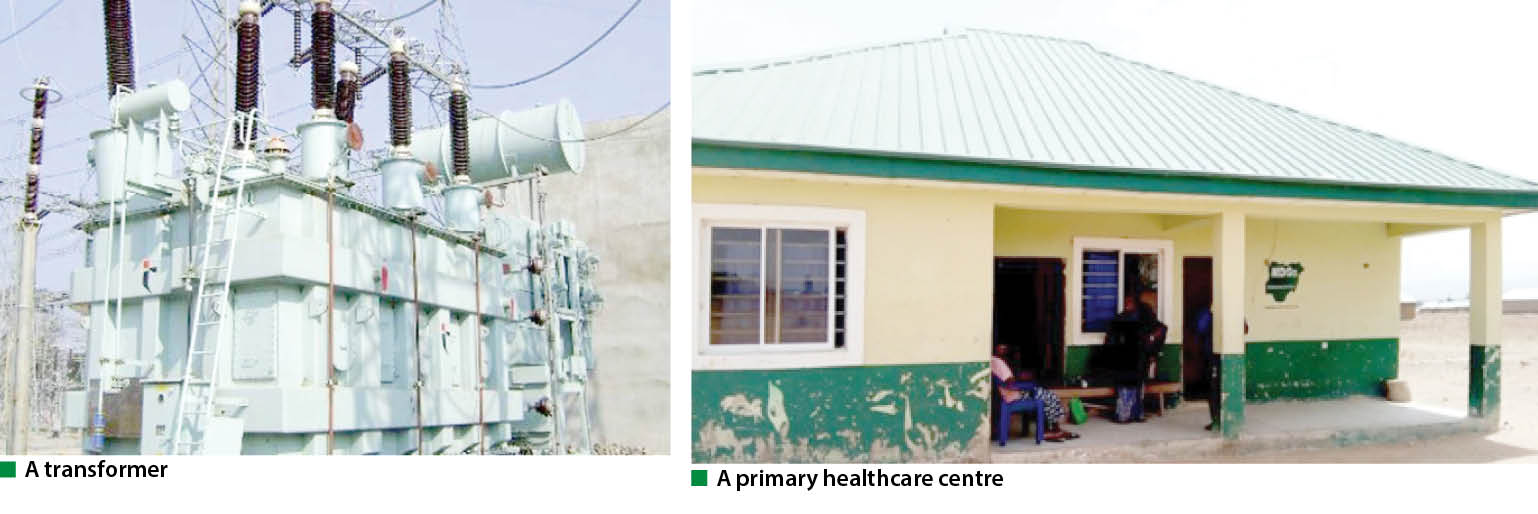
Daily Trust on Sunday understands that the NPHCDA is charged with the responsibility of constructing categories 1, 2 and 3 of health institutions
Budgetary allocation by the agency showed that a completed category 1 health post was estimated to have cost N21million.
Similarly, a category 2 health clinic was estimated to cost N22m. As for category 3, which are primary health care centres, it has been estimated to cost about N30m each.
As such, available data showed it cost between N21m and N30m to build one of the three kinds of primary health facilities in Nigeria.
Daily Trust on Sunday reports that at the N30m estimated cost for each primary health care centre, the federal government can construct 13,000 PHCs across 36 states of the federal with the N400bn one month saving from fuel subsidy removal.
400,000 boreholes in communities
Experts said the cost of drilling a borehole is mostly determined by the depth and amount of casing required.
Subsequently, a market survey by Daily Trust on Sunday revealed that drilling an average borehole that can serve villages and communities with a minimum number of 500 persons costs between N800,000 and N1m.
The amount implies that at N1m, the federal government can drill about 400,000 boreholes across the 774 local governments in the country using the N400bn saved from fuel subsidy removal.
This further means that each local government will have a minimum of 516 boreholes if 400,000 boreholes are drilled across the 774 local governments in the country.
26,000 transformers to boost power supply
Nigeria produces an average of 5,000 megawatts of electricity for a population of about 200 million. The country is also Africa’s largest economy, yet it has one of the world’s worst power sectors.
Although the government claims the country has the capacity to generate 10,000 megawatts, transmission and final distributions drop to a minimum of 5,000mgwats.
At least 85million citizens do not have access to the national grid, the World Bank stated. The global bank also stated that Nigeria lost N22.4 trillion annually to power shortages
Currently, the country’s micro, small and medium enterprises, which contribute about half of the country’s gross domestic product, suffer due to inadequate power and lack of basic transformers for rural dwellers.
The federal government agency responsible for electrifying rural communities is the Rural Electrification Agency (REA).
Subsequently, a survey by Daily Trust on Sunday revealed that an average amount of a transfer, ranging from a 25kva to a 35kva transformer ranges from N10m to N15m.
It was learnt that the amount has adjusted slightly now that the exchange rate has gone up from N461 to N730. This is because these transformers are imported into the country.
This means that at N15m per transformer, the federal government can purchase not less than 26,000 transformers across the country.
According to the Independent National Electoral Commission (INEC), Nigeria has 8,809 wards, which means that each ward in the country can have a minimum of 3 transformers across the country.
Mass transit buses to ease high cost of transportation
Globally, the mass transport system is considered one of the best forms of transportation management as many countries deploy it to ease both inter and intra-city movement by citizens.
The mass transport system in Nigeria remains elusive due to mainly maintenance factors.
Today, the majority of states do not have mass transportation buses except recently in Borno State, where Governor Babagana Zulum rolled out 80 buses and pick-up vans to ease transportation for residents of the state to cushion the effect of fuel subsidy removal.
Between 2003 and 2007, the Federal Capital Territory witnessed one of the most efficient mass transport systems when the former governor of Kaduna State, Nasiru el-Rufai was minister.
However, the buses gradually fizzled out of Abuja and its environs and are currently nowhere to be found.
With the current subsidy removal and the resultant hike in transportation fares, it has now become pertinent for the federal, state and local governments to emulate the Zulum model by providing mass transit buses and inter and intra-city purposes.
Daily Trust on Sunday made enquiries from car dealers, who confirmed that an average Coaster bus that carries a minimum of 30 persons costs between N18m and N20m, depending on the brand. As such, at an average of N20m, the government can purchase 20,000 Coaster buses with N400billion.
This implies that each local government will have a minimum of 25 mass transit coaster buses.
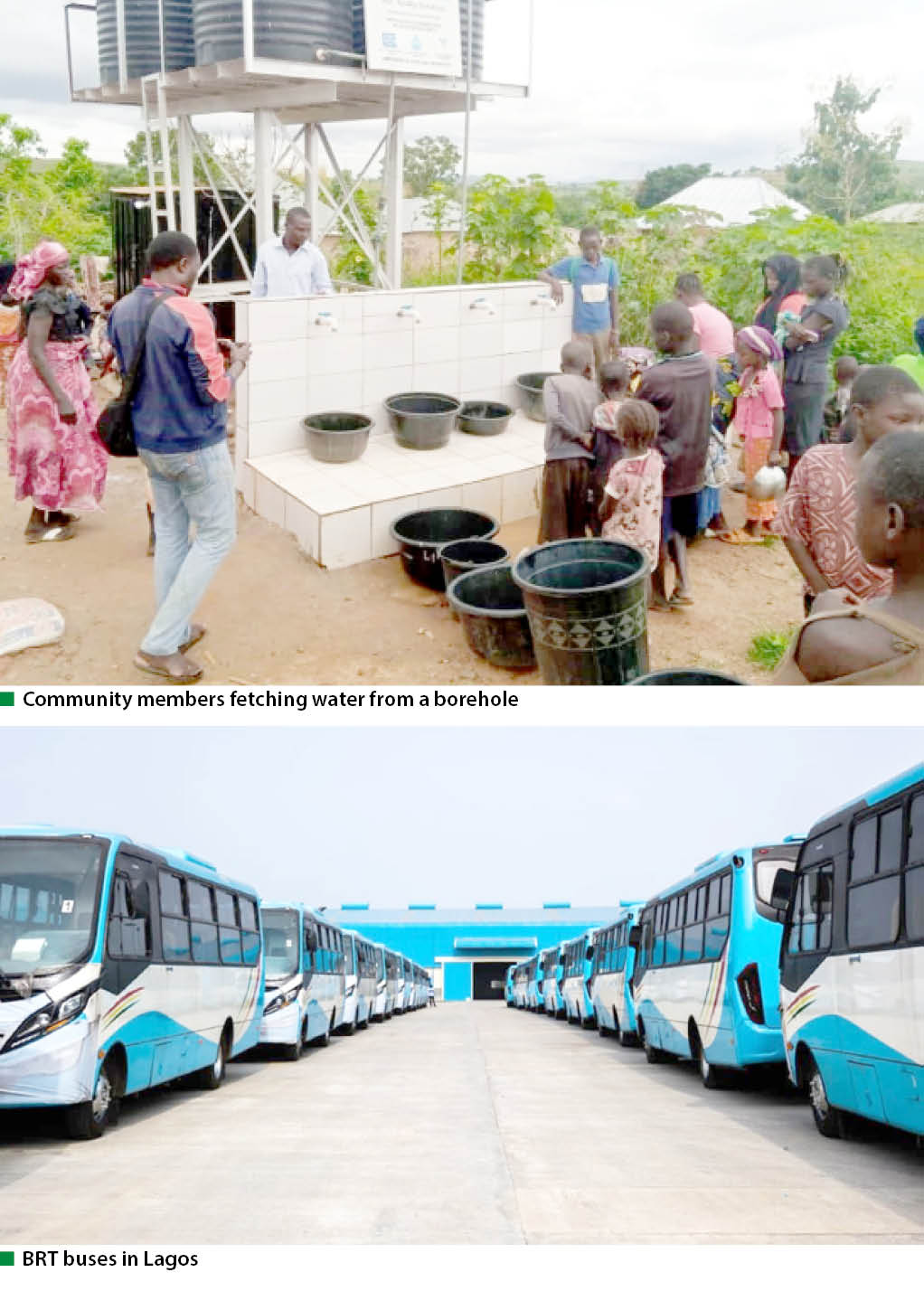
N10m non-interest loan for 39m MSMEs
Statistics from the Small and Medium Enterprises Development Agency (SMEDAN) show that Nigeria currently has about 39 million Micro, Small and Medium Enterprises (MSMEs) in the country.
The SMEDAN, in a 2020 MSME survey report, which was released in 2021 in partnership with the National Bureau of Statistics, noted that the figure had dropped from 41 million.
The SMEDAN linked the reduction in number to the outbreak of COVID-19, as well as a major challenge facing MSMES, which is accessing funds to start or grow their enterprises.
Therefore, with 39 million MSMEs currently, each business owner could get a minimum of N10m non-interest loan from the federal government to either start, revive or boost their business from the N400bn subsidy savings.
Economy may collapse if palliatives are not provided now – Transparency group
A development expert and executive director of the Centre for Fiscal Transparency and Integrity Watch (CefTIW), Umar Yakubu, said the federal government had already removed subsidies on other components, such as diesel and kerosene and had been saving trillions from there.
He, however, noted that with the removal of subsidy on petrol, there is an urgent need for palliatives to be provided to Nigerians or the economy may be heading for collapse as the policy has a direct impact on economic indices and livelihood of Nigerians.
“The immediate effect will be that headline inflation will rise from 22.2 per cent (April 2023). The food inflation rate was 24.7 per cent as at April 2023. It was 18.37 per cent in April 2022. With the removal of fuel subsidy, even the International Monetary Fund (IMF) has slashed our growth prospects, and the revised projected inflation will be at least 25 per cent.
“Effectively, according to the World Bank, about 10 million Nigerians are estimated to join the current 130 million already categorised as being multi-dimensionally poor. That’s another 10 million lives that cannot afford the basics of life. SMEs generate most of the employment, and this single policy will drive most of them under. For the major industries, there is a limit to which they can pass on the cost incurred from rising energy costs to consumers. The purchasing power is simply not there. This is why palliatives rollout is crucial with immediate effect,” he said.
He also called for transparency in setting up structures and palliatives in the wake of fuel subsidy removal.
“On the other hand, regarding transparency and efficiency, what mechanism has been put in place to utilise the trillions saved effectively? They say it will be put into hospitals and schools. Fine. Is it the same system and procurement processes as previous schools and hospitals, or have changes been made? Multiple sources still report that over 70 per cent of public sector corruption is through public procurement. That is why transparency is required in the provision of these social buffers for the masses,” he added.
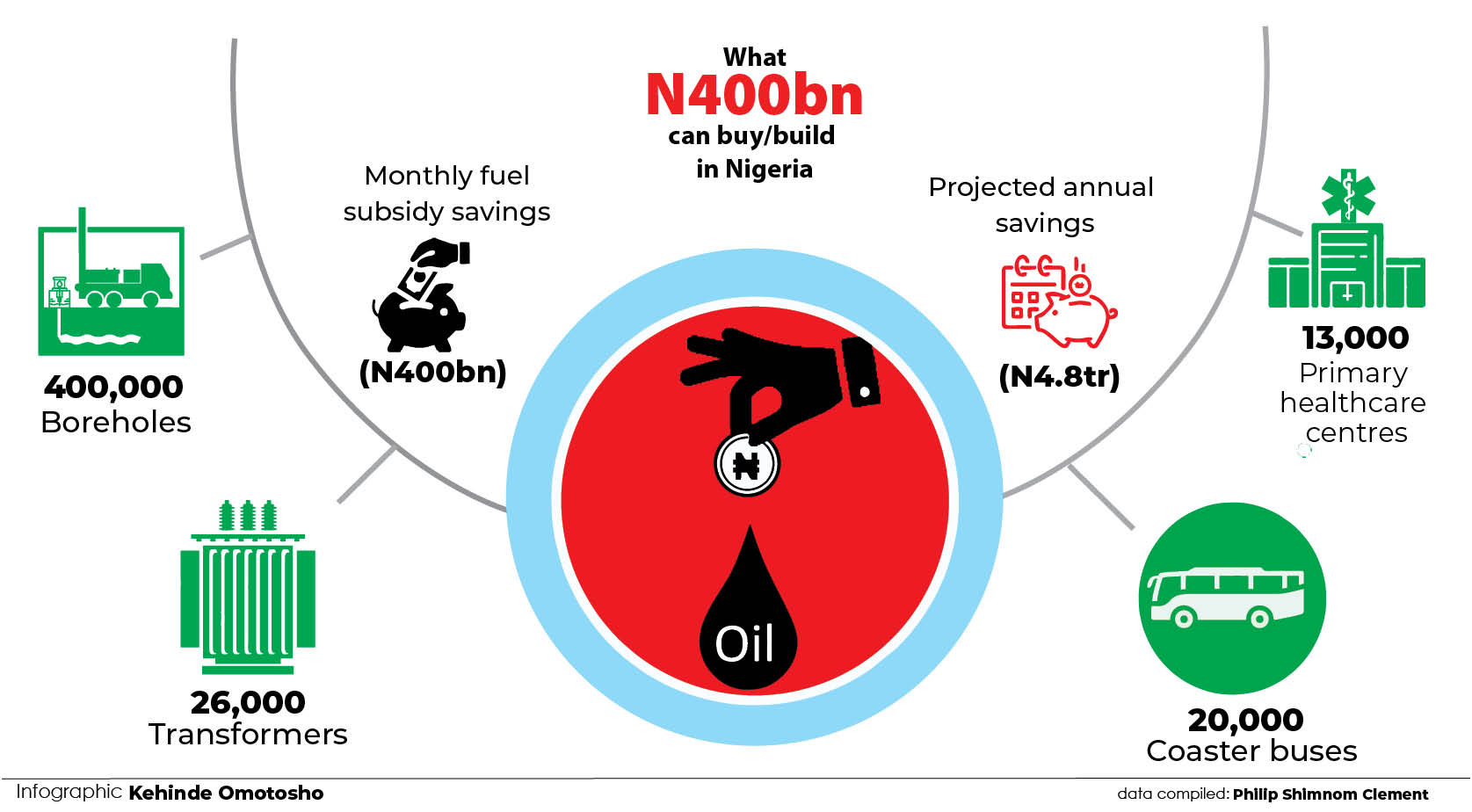
 Join Daily Trust WhatsApp Community For Quick Access To News and Happenings Around You.
Join Daily Trust WhatsApp Community For Quick Access To News and Happenings Around You.